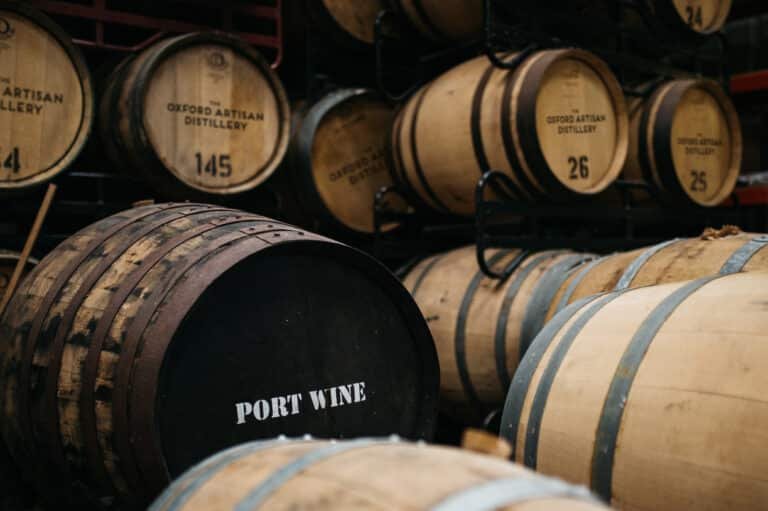On Cornmarket Street, one of Oxford’s hidden jewels, a 13th-century inn once visited by William Shakespeare, is concealed under an 18th-century exterior. Some of the spectacular 16th-century wall murals in one of the old bed-chambers may have been familiar to Shakespeare.
Sometime in the 13th century, a bar known as Pate’s Inn, subsequently known as Somenour’s Inn, was founded near the southern end of Oxford’s Cornmarket. The mediaeval inn at Number three Cornmarket is a rare surviving example of a timber-framed mediaeval structure in Oxford, but it has been hidden beneath an unattractive 18th-century façade, and the mediaeval inn’s lower floor is now used by a mobile phone business.
Behind the shop, a steep stair goes up to a betting shop, but beyond the betting shop, another stair snakes higher, and as you ascend to the second floor, the centuries fade away, revealing the building’s antiquity.
Around the middle of the 16th century, the tavern was known as Tattleton’s, after a rich tailor called John Tattleton, who lived here from 1564 until 1581. Tattleton most likely created the magnificent wall paintings in the Painted Room during his stay there.











